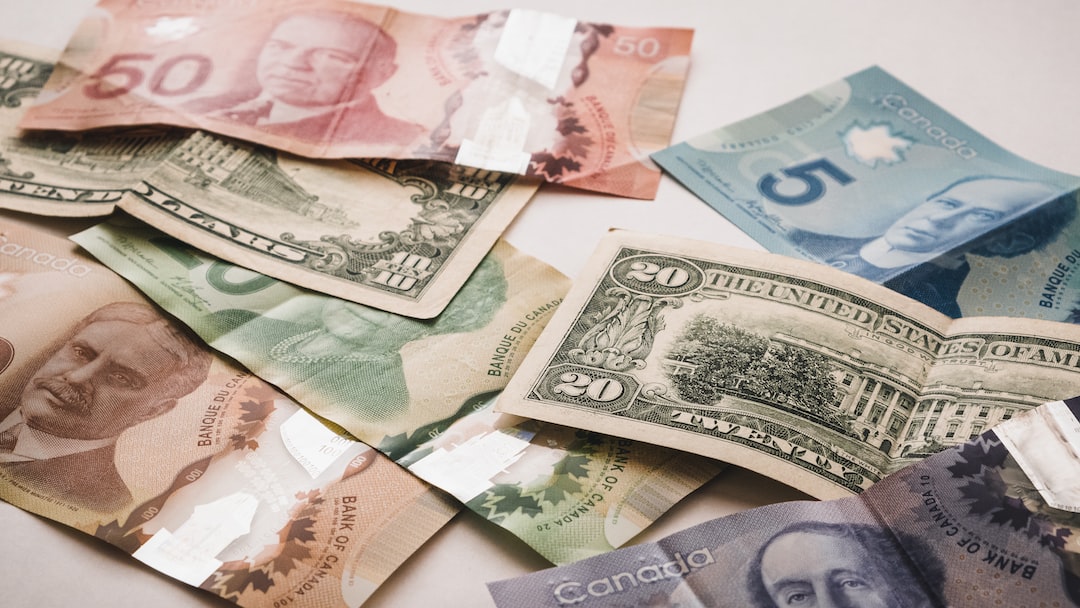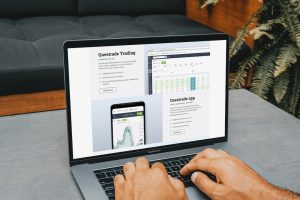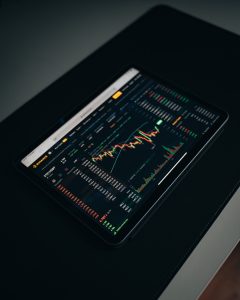When trading in the foreign exchange market, leverage can be a powerful tool to help you maximize your profits. However, it can also be a double-edged sword that can increase your losses. That’s why it’s important to understand the concept of leverage before you start trading, and to determine what is a good leverage ratio for forex.
Leverage is essentially borrowing money from your broker to increase your trading position. For example, if your broker offers a leverage of 1:100, it means that for every $1 you invest, you can control $100 of currency. This can be beneficial because it allows you to trade larger positions with a smaller amount of capital. However, it also means that any losses you incur will be magnified.
So, what is a good leverage ratio for forex? The answer to this question depends on your trading style, risk tolerance, and the amount of capital you have in your trading account. Here are a few things to consider when determining what leverage ratio is right for you:
1. Trading Style
Your trading style will play a significant role in determining what leverage ratio is suitable for you. If you are a long-term trader who holds positions for days or weeks, a lower leverage ratio may be more appropriate. This is because you have more time to allow your trades to play out and recover from any losses. On the other hand, if you are a short-term trader who holds positions for just a few hours or minutes, a higher leverage ratio may be more appropriate. This is because you need to capitalize on small price movements quickly, and a higher leverage ratio can help you do that.
2. Risk Tolerance
Your risk tolerance is another important factor to consider when determining what leverage ratio is right for you. If you are a conservative trader who is not comfortable with taking on significant risk, a lower leverage ratio may be more appropriate. This will help you minimize your losses and protect your capital. On the other hand, if you are a more aggressive trader who is willing to take on more risk, a higher leverage ratio may be more appropriate. This can help you maximize your profits, but it also means that you must be prepared to accept larger losses.
3. Capital Amount
The amount of capital you have in your trading account will also play a role in determining what leverage ratio is right for you. If you have a small account balance, a higher leverage ratio may be necessary to trade larger positions. However, this also means that your losses will be magnified if the trade goes against you. If you have a larger account balance, a lower leverage ratio may be more appropriate. This will help you protect your capital and minimize your losses.
In general, most professional traders recommend using a leverage ratio of no more than 1:10. This means that for every $1 you invest, you can control $10 of currency. This is considered a conservative leverage ratio that can help you protect your capital and minimize your losses. However, if you are a more aggressive trader, you may be comfortable using a higher leverage ratio, up to a maximum of 1:100.
In conclusion, what is a good leverage ratio for forex depends on your trading style, risk tolerance, and the amount of capital you have in your trading account. It’s important to understand the risks and benefits of using leverage before you start trading, and to use a leverage ratio that is appropriate for your individual needs and circumstances. Remember, leverage can be a powerful tool, but it can also be a double-edged sword. Use it wisely, and it can help you maximize your profits. Misuse it, and it can lead to significant losses.






